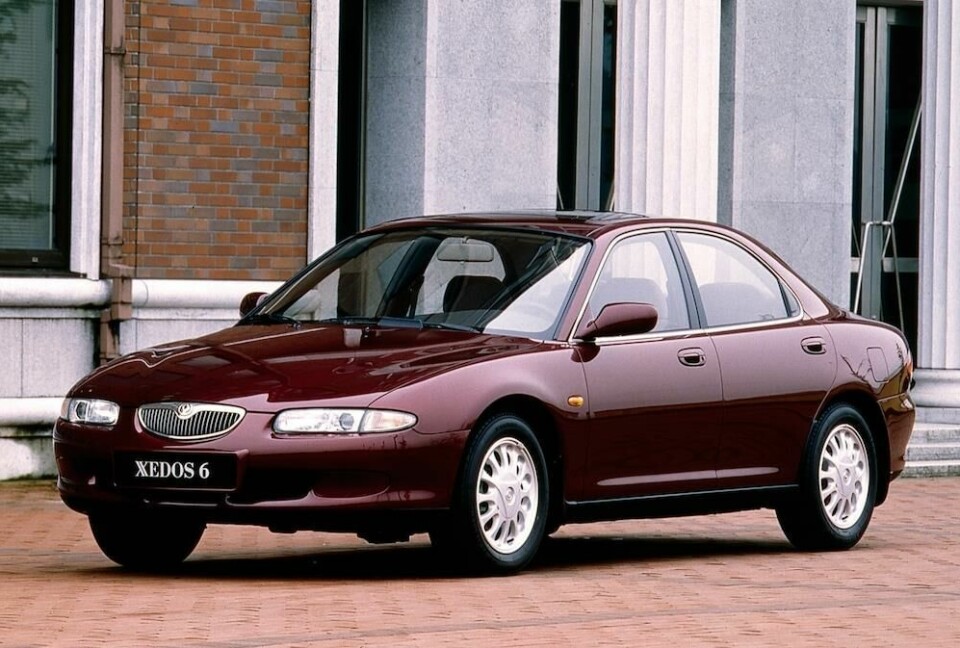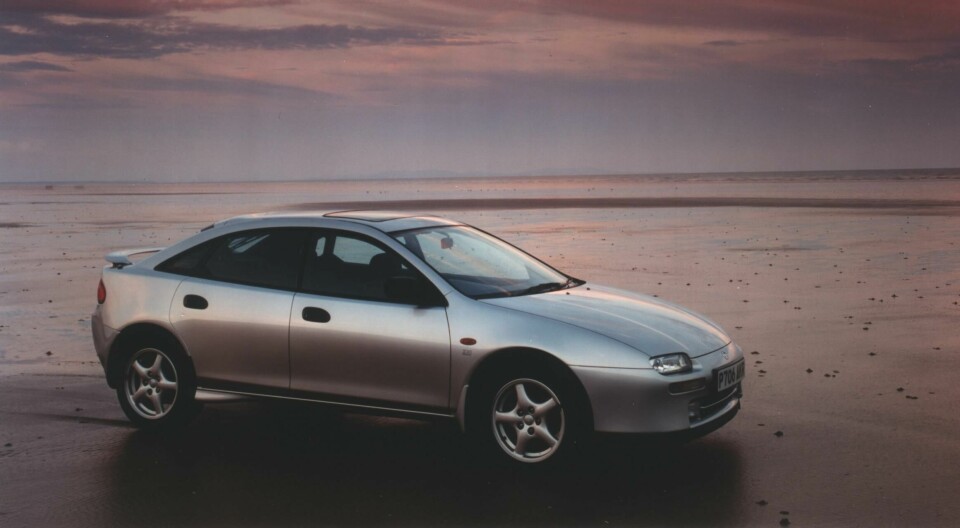
An English Car Designer Abroad: Peter Birtwhistle talks about his life
Designer Peter Birtwhistle has released a new book in which he describes his work at GM, Audi, Porsche and Mazda
He has helped to shape some of the world’s most iconic brands, was involved in the creation of a stillborn ultra-luxury brand, and came across titans of the industry: Peter Birtwhistle is telling the story of his life in a freshly released book with the unpretentious title: “An English Car Designer Abroad.”

While Patrick Le Quément’s thought-provoking “Design Between the Lines” takes a somewhat aloof perspective and discusses many aspects beyond the automotive world, Birtwhistle’s opus magnum offers a decidedly personal glimpse into the automotive design world of the last half-century.
Having graduated from the Royal College of Art in 1973, Birtwhistle started his professional career at Vauxhall in Luton, joining Wayne Cherry’s losing battle for the brand’s aesthetic identity. Birtwhistle got to work on the Chevette 2300 HS and HRS and submitted a full-scale proposal for a V8-powered derivative of the Ventora. But Vauxhall was increasingly forced to adapt Opel designs; with this bleak outlook, he left the UK to join Audi in 1977.

Birtwhistle arrived in Ingolstadt at a time when Ferdinand Piëch was hatching his aggressive strategy to move Audi upmarket. He put his mark on on the iconic Quattro and almost single-handedly styled the Sport Quattro, successfully masking the challenging proportions dictated by its packaging. And he submitted proposals for the Audi V8 and the coupe version of the B3 Audi 80, before leaving to join Porsche’s design department in 1983.
But alas, instead of designing the next 911, Birtwhistle was put to work on the interior of the 959 and eventually moved to turn a project for SEAT into a potential entry-level Porsche. But the 984, suffering from the difficult packaging of its retractable hardtop, never saw the light of the day. Frustrated by the atmosphere in Weissach, Birtwhistle - and an entire crew of colleagues, including “Ginger” Ostle and Roland Sternmann - went to join Mazda in 1988, where they were tasked with setting up the legendary Oberursel design studio.
Right from the outset, the team began work on the Amati luxury brand, intended to not just match but to exceed Acura, Lexus and Infiniti. The Amati 1000 flagship, designed by Birthwhistle himself, was to be powered by a W-12 engine; during the Asian economic crisis, it was buried unceremoniously together with the entire brand. The Amati 300 survived as the Xedos 6/Eunos 500, while the Amati 500 became the Xedos 9/Eunos 800/Millenia.

A new culture arrived when Ford took control of Mazda - and the American obsession with “customer clinics” replaced genius and intuition. Birtwhistle gives account of the endless barriers and the hostility experienced in Dearborn’s design department; he recalls “injection-moulded engineers” and an amusing American obsession with Italian designer brands: Pininfarina’s proposal for a future Mazda 3, presented in 2001, was shot down, despite the US executives’ enthusiasm about the potential co-branding. It could have become Mazda’s equivalent of the Cadillac Allanté or the Hyundai Matrix… but Mark Fields made the right call.

Birtwhistle saw the “Nagare” styling language come and go, and he tells the story of the vaunted “zoom-Zoom” slogan, which appeared out of nowhere in communication by then-Ford CEO Jac Nasser. At the height of his career, Birtwhistle retired from Mazda in 2014.
“An English Car Designer Abroad” is full of surprising episodes: Did you know that the Panther Six came to life at Vauxhall Design; that Audi’s 1981 “Auto 2000” was Martin Smith’s rejected proposal for the C3; or that driving a Lexus LS400 in Germany in the early 1990s was met with actual hostility?
Birtwhistle’s very personal account brings back an abundance of memories, and its index is a “Who is Who” of the design world of the past decades. A book well worth the read.
















